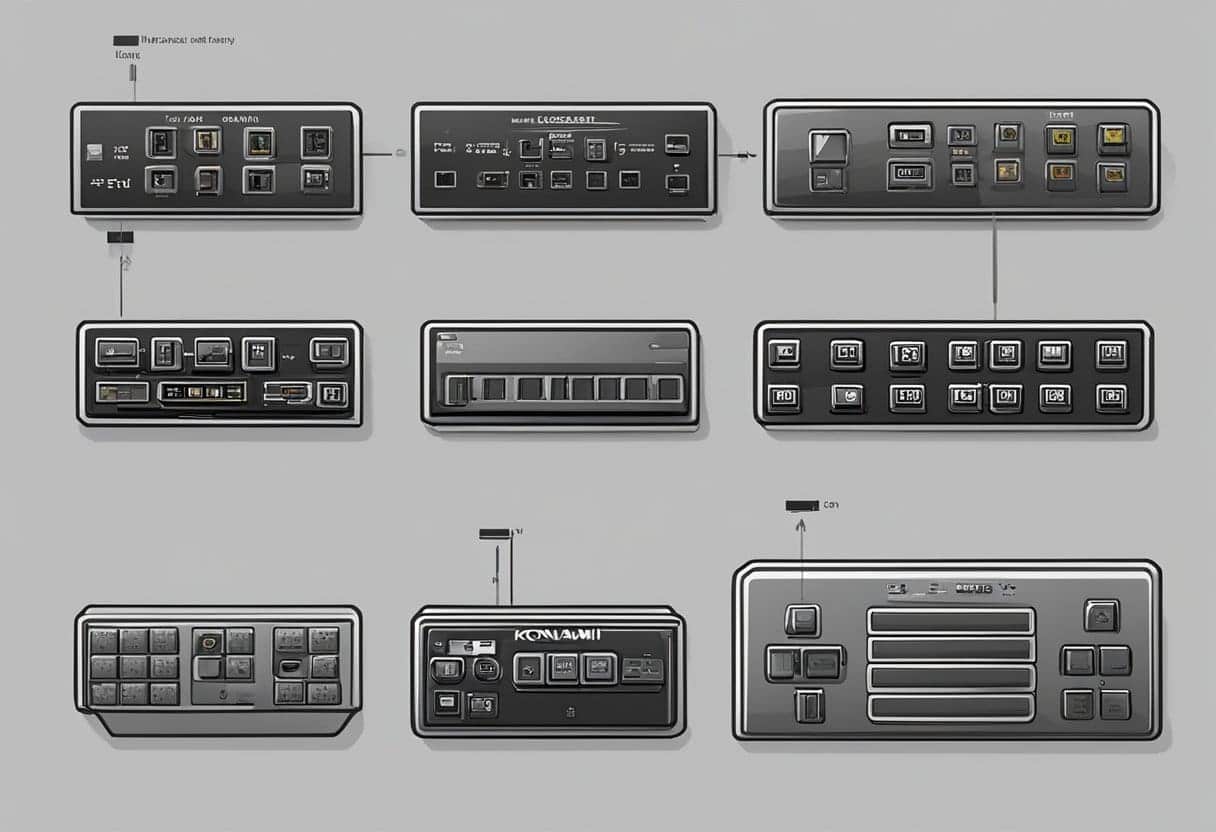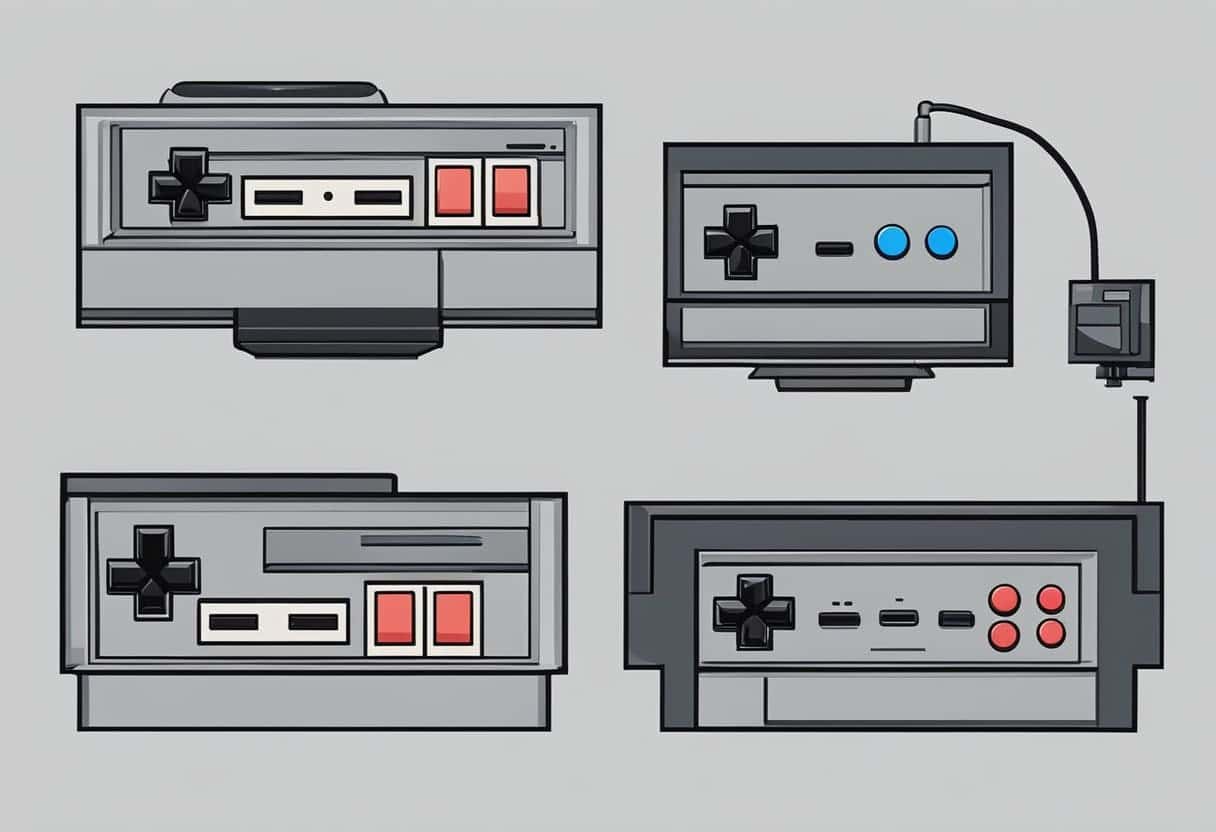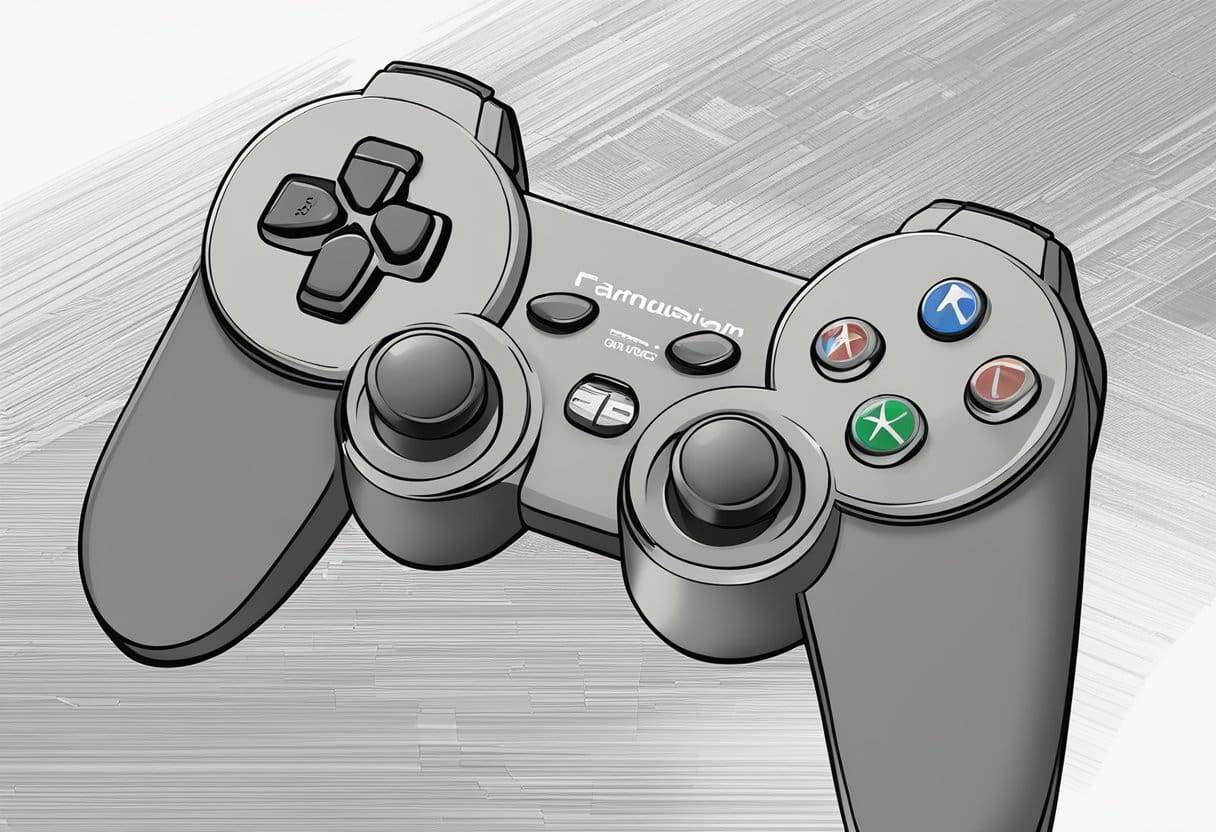What is Konami Code?

The Konami Code, also known as the Contra Code or the 30 Lives Code, is a popular cheat code that originated in the video game industry. It was first introduced in the 1986 game Gradius, published by the Japanese developer Konami. This code quickly gained fame due to its inclusion in the notoriously challenging game Contra, where it provided players with extra lives.
You will find that the Konami Code has been used in numerous Konami games and even some non-Konami titles. As a cheat code, it is a sequence of button presses that unlock hidden features or benefits within a video game, such as giving players additional lives, unlocking secret levels, or making the gameplay easier. The code’s legacy has extended beyond gaming and can be found in various forms of media, such as movies and websites.
To use the Konami Code, you traditionally input a specific sequence of button presses on your gaming controller. In its original form, the code would be: Up, Up, Down, Down, Left, Right, Left, Right, B, A. However, the exact implementation may vary between different games or platforms. It is essential to follow the button sequence accurately and possibly within a particular time frame for the code to work.
In summary, the Konami Code is a famous cheat code originating from the classic Gradius game, and it has permeated popular culture. By inputting the specific button sequence, you can unlock hidden features and advantages within various video games, enhancing your gaming experience.
Origin and History of the Konami Code

The Konami Code is a sequence of button presses that unlock hidden features or bonuses in video games. It originated in 1986 when it was first used in the game Gradius for the Nintendo Entertainment System (NES), published by the Japanese third-party developer Konami. The code gained further popularity among North American players when it was included in the NES version of Contra, where using the code granted players 30 extra lives.
The Konami Code is widely recognized as a piece of gaming history and pop culture. Despite being initially created for Konami games, the code has found its way into numerous non-Konami titles, as well as other forms of media, demonstrating its enduring influence in the gaming world.
To use the Konami Code, you must press the following sequence of buttons on your controller: Up, Up, Down, Down, Left, Right, Left, Right, B, A. In some games, you may need to press the Start or Select button after entering the code to activate it. This iconic sequence has become synonymous with hidden secrets and cheats, and it continues to be referenced and celebrated in various forms of entertainment.
How to Use the Konami Code

Identifying Games that Support the Code
To use the Konami Code effectively, it’s essential first to identify which games are compatible with the code. The Konami Code was initially introduced with the game Gradius for the Nintendo Entertainment System (NES) in 1986. Since then, it has been implemented in various other Konami games and even projects outside of the company. You may find lists of games by searching for “Konami Code-supported games” online or checking specific game forums and communities.
Entering the Code Correctly
Once you have determined that a game supports the Konami Code, follow these steps to enter it:
- Pause the game (if applicable): Some games require pausing before entering the code. Consult the game’s documentation or search for specific instructions related to that game.
- Enter the code sequence: Using your game controller, input the following sequence of button presses in the exact order: Up, Up, Down, Down, Left, Right, Left, Right, B, A.
- Confirm the code activation: Depending on the game, a confirmation sound, visual cue, or immediate change in gameplay may indicate that the code has been activated. If there’s no confirmation, double-check the game’s documentation or online resources to ensure the code is supported and entered correctly.
Keep in mind that the effects of the Konami Code vary across games, with some offering extra lives, power-ups, or unlocking hidden content. Ensure you have the correct information for each game to achieve the desired results.
Significance of the Konami Code in Pop Culture

The Konami Code has grown beyond its original purpose as a cheat code and has become a symbol of pride in the gaming community. You might recognize this iconic sequence of button presses: Up, Up, Down, Down, Left, Right, Left, Right, B, A. First introduced in the 1986 game Gradius for the NES, this cheat code gained widespread popularity with the release of Contra, a challenging run-and-gun action game that many players fondly remember.
As a gamer, you may appreciate the role of the Konami Code in popular culture. It has been referenced in various forms of media, including movies, television shows, and even music. For example, the famous movie “Wreck-It Ralph” and the television series “Stranger Things” both include nods to the Konami Code. Its influence goes beyond these references, as the code has been integrated into websites and social media platforms as hidden Easter eggs for users to discover.
Additionally, the Konami Code represents a sense of camaraderie within the gaming community. Players who know and utilize the code may feel a sense of shared knowledge, a connection spanning multiple generations of gamers. This shared experience has contributed to the code’s ongoing fame and recognition.
Finally, the Konami Code demonstrates the impact of video games on broader culture and society. Its widespread recognition and use prove that video games have become an essential aspect of modern entertainment. As a gamer, you can take pride in knowing that countless others share your passion for games and that the Konami Code is a unifying symbol in the gaming world.
Unusual Uses of the Konami Code
The Konami Code is a well-known sequence of button presses introduced in the 1986 game Gradius. Its popularity and recognition have spread beyond Konami’s games, leading to interesting and unusual uses in various media and applications.
In recent years, the Konami Code has been implemented in some unexpected places. For example, several websites have incorporated the code as an easter egg. When you enter the sequence (up, up, down, down, left, right, left, right, B, A) on your keyboard, you might find hidden features, animations, or alternative site designs.
Another fun use of the Konami Code can be found in Google’s voice assistant. When you ask the assistant to “perform the Konami Code,” it will playfully respond with the code and a comment about unlocking secret powers.
The code has also appeared in pop culture, such as TV shows and movies. In the animated series Adventure Time, there’s an episode where a video game character uses the Konami Code to gain extra lives. Similarly, in the movie Wreck-It Ralph, one of the characters references the code when opening a secret entrance.
Lastly, some brands have used the Konami Code to run promotional campaigns, now synonymous with hidden secrets and bonuses. For example, some online stores have offered discounts to customers who successfully enter the code during the purchase process.
As you can see, the Konami Code has found its way into various unexpected places, making it a significant part of pop culture history beyond its original gaming roots.
Controversies Surrounding the Konami Code

In gaming, the Konami Code has become an iconic piece of history that holds nostalgia and curiosity for many players. However, the storied cheat code has not been without its fair share of disputes and debates.
One significant controversy stems from the code’s origin and its creator, Kazuhisa Hashimoto, who incorporated it as a tool for game testing. Despite its initial intent for internal use, the Konami Code has been widely adopted by players seeking an edge in various games, making it a controversial cheat option in some circles. Some argue that leveraging such codes not only undermines the integrity of the game but also diminishes the sense of achievement for players who complete challenges without assistance.
Moreover, the widespread use of the Konami Code has led to its incorporation into numerous non-Konami games, causing criticism relating to the practice of game developers “borrowing” or “appropriating” the iconic cheat. While some view this as a playful homage, others regard it as unoriginal and, in some cases, borderline plagiarism. With the code becoming a pop-culture phenomenon, this criticism has expanded beyond the gaming industry.
In addition to its integrity and originality concerns, the Konami Code’s prevalence has also generated debate regarding the consequences of game developers subtly encouraging or tacitly condoning the use of cheats. The broader implications of this cultural acceptance of cheating on the gaming industry’s practices and values are another source of controversy.
Lastly, games that incorporate the Konami Code sometimes face backlash from players who feel left out or unfairly disadvantaged if they are not privy to knowledge of the code. This issue highlights a perceived elitism within gaming communities, where access to exclusive information or insider tips can create divides and foster a less inclusive environment.
As you can see, the controversies surrounding the Konami Code delve into topics beyond its simple input sequence. It is an emblem of the broader issues and debates that continue to shape the gaming industry and its ever-evolving culture.
